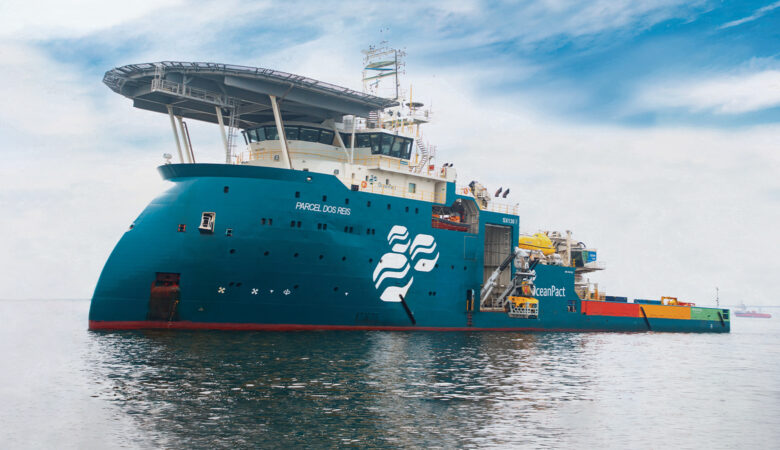OceanPact signs four RSV contracts with Petrobras

OceanPact has signed four new contracts with Petrobras, totaling approximately BRL 3.2 billion, for the chartering of ROV Support Vessels (RSVs) over a four-year period.
The vessels Parcel do Bandolim, Parcel das Timbebas, Parcel das Paredes and Parcel dos Reis will be employed in operations with Remotely Operated Vehicles (ROVs) for the inspection of subsea structures, preventive and corrective maintenance, installation and removal of subsea equipment, among other activities, across Petrobras’ offshore units.
OceanPact will be responsible for the full operation of both the vessels and the ROVs, which can operate at depths of up to 3,000 m and include a wide range of tools for various subsea activities.




